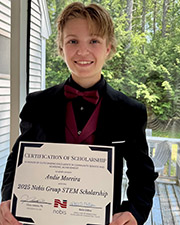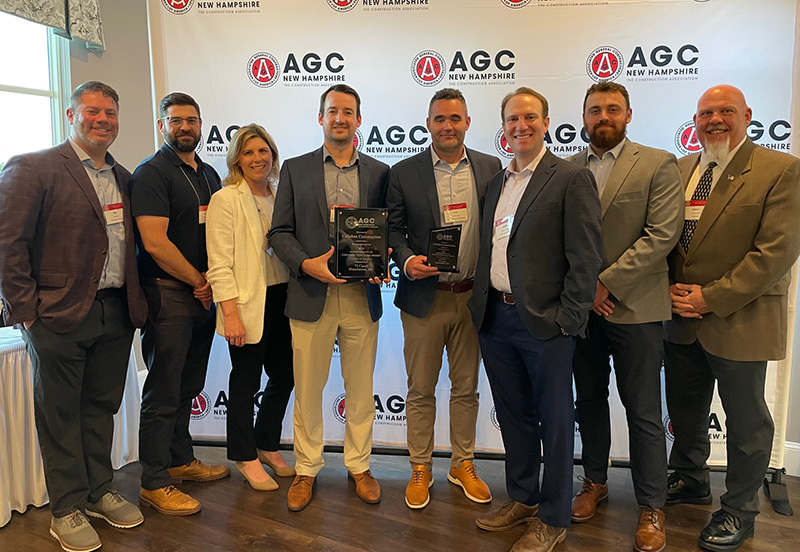How to publicize a project: Media relations Part 1
 Susan Shelby, Rhino PR
Susan Shelby, Rhino PRYour firm has worked hard to pitch, win, and finally complete the project. Now that it’s done, you want the world to know that the design, construction, or installation was yours. How should you do it? Follow these pointers to think like a public relations professional and use media relations tools like press releases and editorial opportunities to publicize your project.
Why media relations? Media relations offers great bang for your buck, and provides credibility and third-party validation from objective editors. Before you get started though, outline your goals and objectives for media outreach and be both general and specific. A clear goal is to garner coverage for your firm and your project, but decide where you will focus your energies. A favorite monthly trade publication? Local and regional business press? You’ll find it helpful in developing your media strategy and tactical activities, as well as evaluating success later on.
Who are you targeting? With public relations, it’s important to know whom you’re trying to reach (i.e., your target audience). Define your target audience and understand what motivates them. Your target audience may include clients, prospects and their constituents; potential hires; and other influencers in your target sectors and vertical markets. Make a list of target publications by category, including the local business press (e.g., The Boston Globe, Boston Business Journal, Banker & Tradesman), regional publications (e.g., New England Real Estate Journal), and national publications (e.g., The Wall Street Journal, The New York Times) if your firm’s business prospects are national. Vertical (or trade) publications within your firm’s target markets may also feature new projects, especially those with a public profile or interesting design or construction aspects like historical restorations or urban redevelopments.
What’s your message? Know what you want to say, and more importantly, what you want readers to learn and know about your firm and project. Draft three or four key messages or positioning statements and be consistent about using these messages across all mediums (press releases, proactive editorial opportunities, social media.) The more consistent and repetitive you are in spreading your message, the more likely your target audience will hear it and remember it.
How to execute? Draft a press release that highlights your firm’s role on the project, and try to include a client quote as testimonial. Distribute the press release to your media targets via email, aiming for mid-week days when editors’ inboxes are less full and more likely to be read. In addition, research editorial calendars for your target publications and highlight your project news as a fit for the publication’s upcoming article. Offer a designer and project team member as a resource for more information. Most monthly magazines work two to four months ahead of the publication date, so be sure to leave enough time to contact the editor and work the opportunity.
Don’t forget to distribute your news on social media channels as well. Post teasers on your company’s Twitter, Facebook, and LinkedIn accounts, and provide a link to the press release on your web site. Remember to include hashtags or handles for the client and other project team members to facilitate re-tweeting and re-posting. Ask employees to post the press release to their own LinkedIn accounts, and provide sample language for easy posting. Use photos or renderings in all these postings to further grab readers’ attention.
Share the Love Your firm may not have completed the project on its own, and it doesn’t have to approach public relations on its own either. In fact, other project team members may want to receive recognition for their role as well. So share the love: work together with the key players on the project to create a mutually beneficial media strategy. Draft a joint press release and divvy up the editorial opportunities. The collective effort will broaden your media outreach of the project and increase your chances of PR success.
Susan Shelby, FSMPS, CPSM is the president and CEO of Rhino PR, Hamilton, Mass.
Nobis Group awards Robinson and Moreira STEM scholarships


Ask the Electrician: Is summer a prime time for commercial electrical maintenance?

The design-build advantage: Integrated interior design solutions - by Parker Snyder

The rise of incubators and co-working spaces: The latest in life sciences - by Matt Combs








